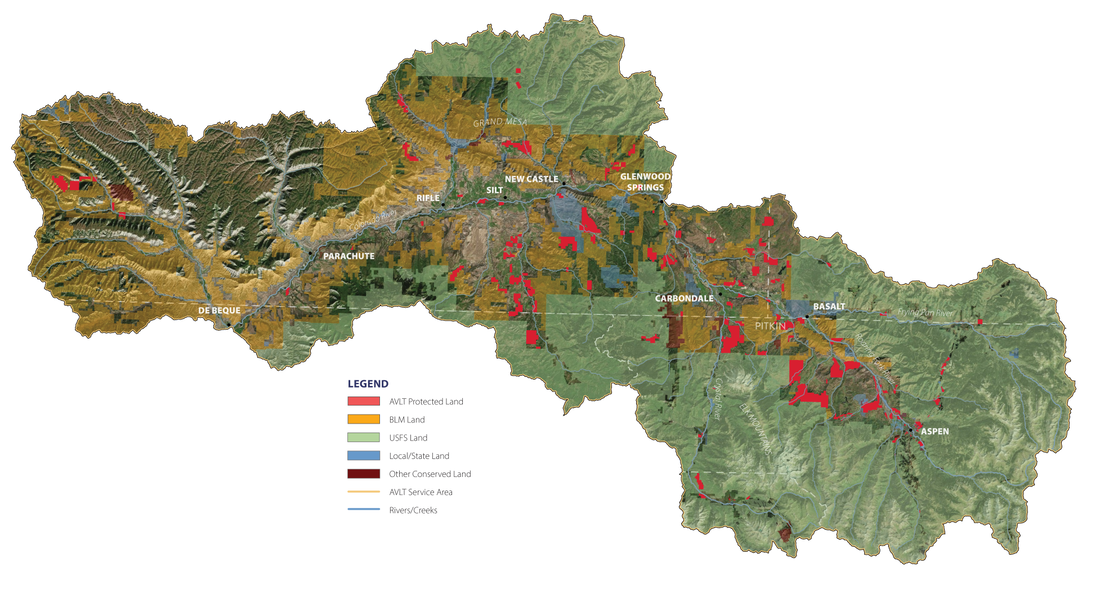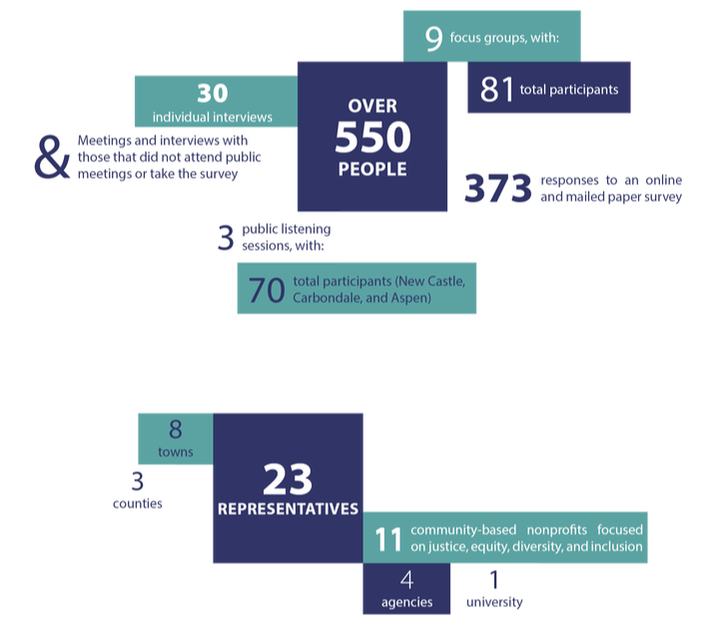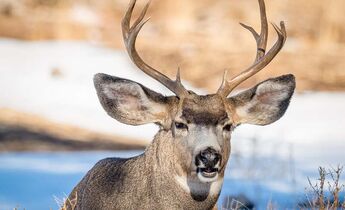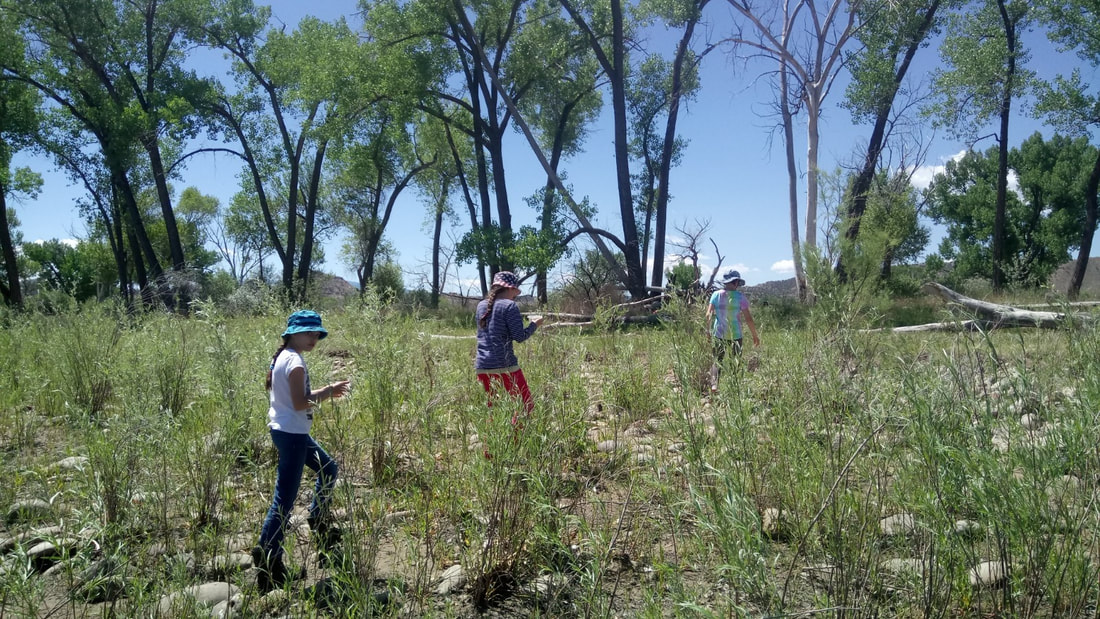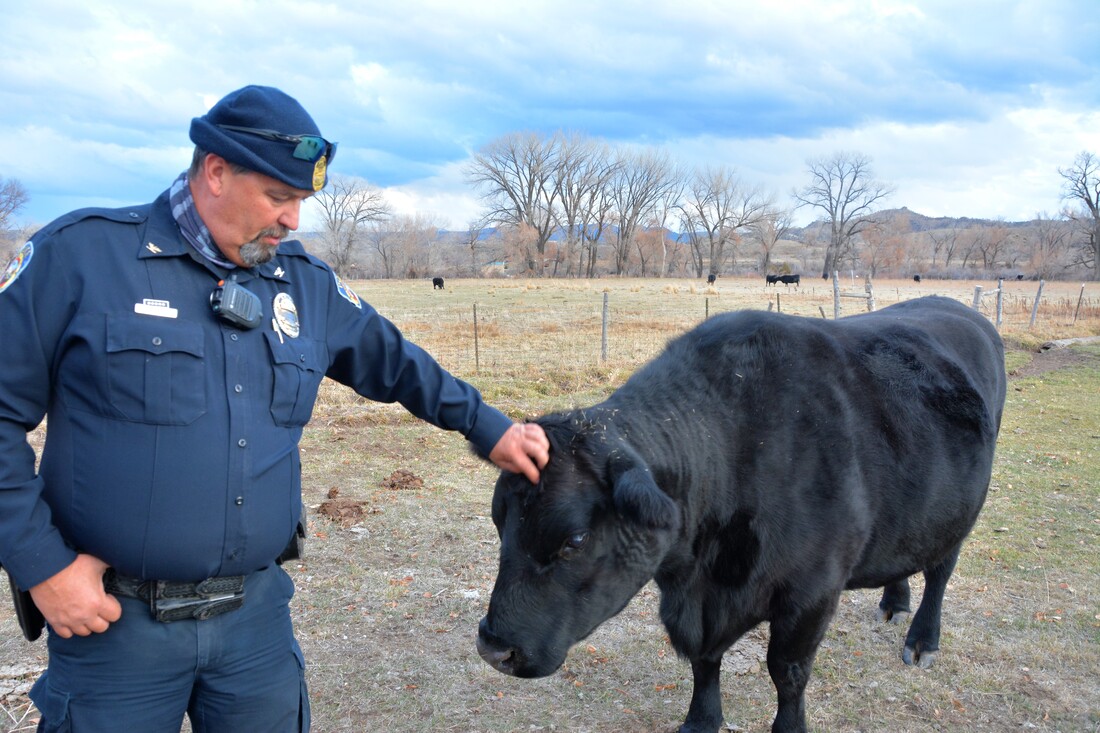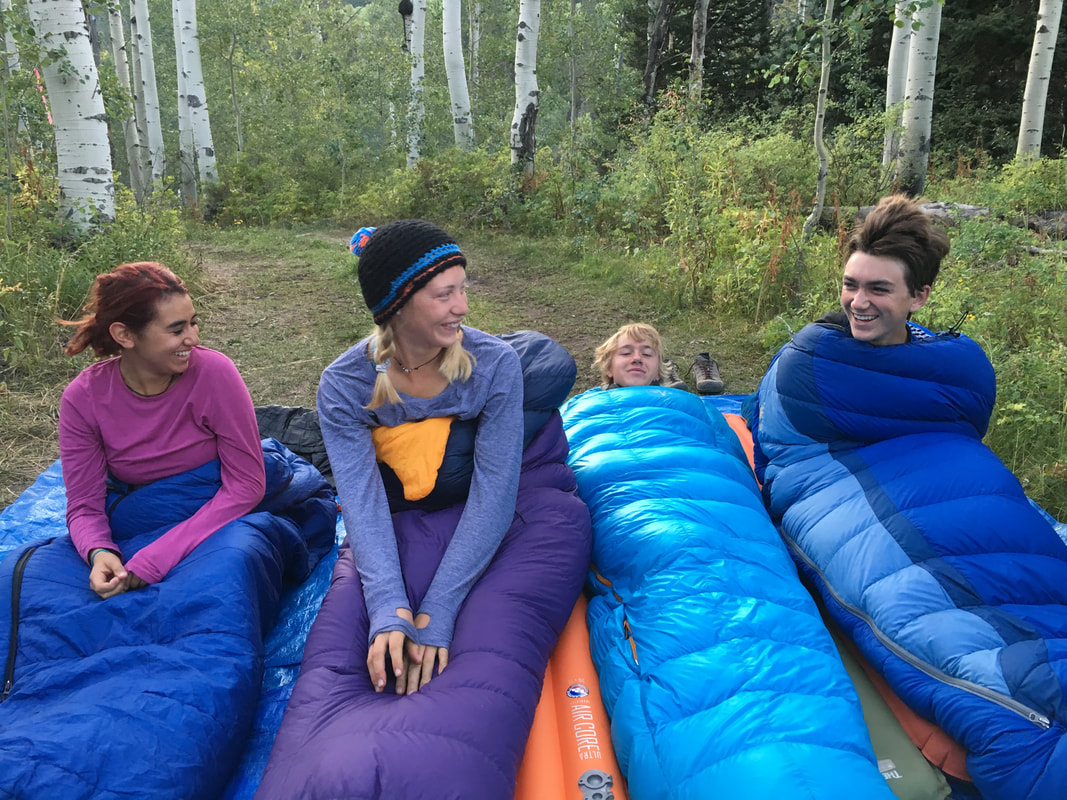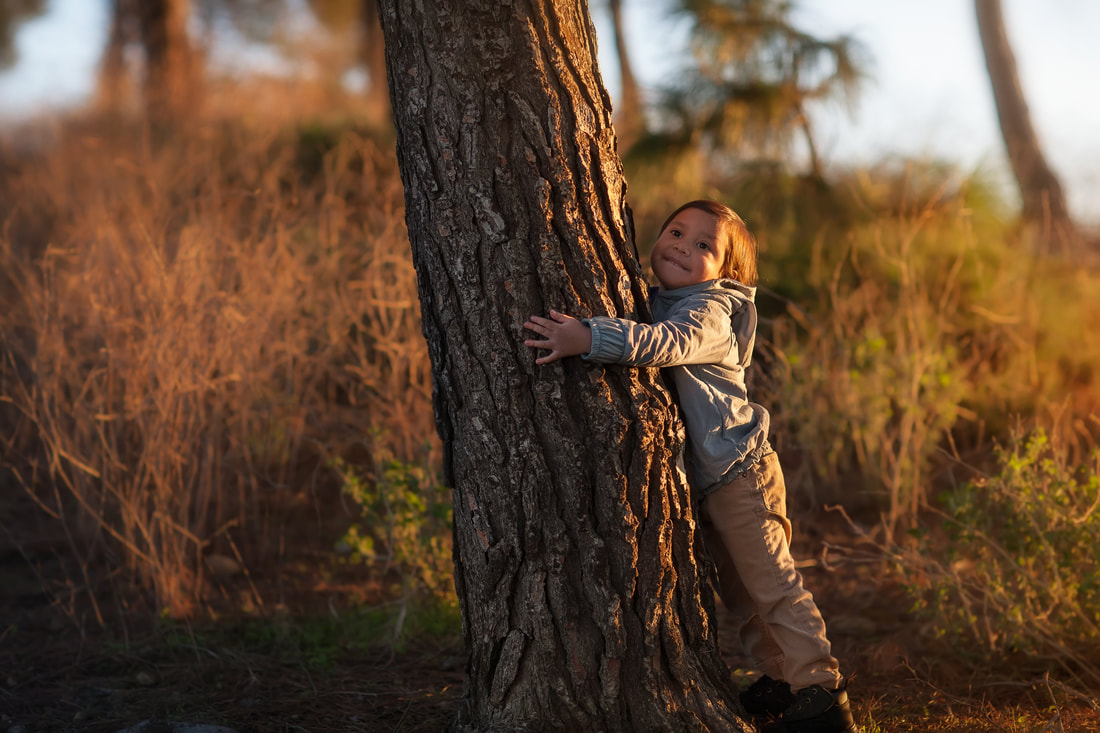The case for conservation
The lands and waters in the Roaring Fork and Colorado River valleys are vital – and under threat. In the face of development pressure, loss of biodiversity, and climate change, it is more urgent than ever that we protect the region’s most ecologically important and culturally significant places. And as our communities change and grow, we need to ensure that everyone, especially community members who have traditionally been underserved, have access to parks, trails, nature, and the benefits of conservation.
Increasing our reach and effectiveness
This plan will help ensure that AVLT’s work is as effective as possible with:
- A Vision for the Future. Creating a vision of conservation success for the next 10 years and beyond that highlights the importance of private land conservation and connecting communities to nature.
- Landscape-Scale Conservation. Using a science-based approach that combines data with partner expertise to select projects with an overall focus on increasing climate resilience, habitat and agricultural connectivity, and biodiversity.
- Community-Driven Conservation. Identifying ways conservation can help solve problems and address community needs with a focus on equity and increasing access to critical land-based resources for the community members that need them most.
- Strong Partnerships. Fostering enduring partnerships and collaborations with private landowners, local nonprofits, governments, and land management agencies who all play important roles in conservation.
Goals
AVLT 10-YEAR GOALS
AVLT’s overall organizational goals were developed as part of our 2020-2024 Strategic Plan and include:
- PROTECT our special places and unique landscapes to ensure they remain forever vital for wildlife and community.
- STEWARD conserved lands to be resilient and beneficial for future generations.
- ENGAGE diverse communities on the land to inspire understanding of and support for nature and conservation.
- COMMIT to building an organization capable of fulfilling its mission in perpetuity and strengthening conservation for the benefit of our diverse community, forever.
CONSERVATION GOALS
These conservation goals are based on AVLT’s overall vision, community engagement, science, and partner expertise.
Our region
AVLT’s service area covers approximately 3,350 square miles from the continental divide of the Rocky Mountains to the eastern edge of the Colorado Plateau. Generally, public land occupies the higher elevations and peaks and private land covers the lower elevations and valleys. The valley bottoms and lower elevations are often the most rich and productive for both wildlife and humans; they are also the most highly threatened by growth and development pressure. The impacts of climate change, including increasing temperatures, drought, flooding, and fires, threaten communities and unique and vulnerable ecosystems throughout AVLT's region.
The local economy is dominated by outdoor recreation, natural resource extraction, agriculture, and real estate. Development, including residential, second home, commercial, and industrial development, is accelerating in many areas. This is filling in the “spaces between places” that make each community unique.
Community engagement
This Strategic Conservation Plan brings together community engagement and data-driven map-based analysis to establish conservation priorities and goals. This is not intended to be a static plan, but rather to provide measurable objectives and an adaptable approach that ensures AVLT’s conservation work is as effective and meaningful as possible in the future.
Two phases of public engagement informed this plan: (1) broader community engagement in 2019, and (2) targeted discussions with local governments, public agencies, experts, and regional nonprofits in 2020 and 2021.
KEY FINDINGS FROM COMMUNITY ENGAGEMENT
- Continuing protection of agricultural lands and wildlife habitat is paramount
- Improving climate resilience is critical
- Lack of affordable housing is a huge concern that needs to be acknowledged alongside conservation work
- Preserving small-town character and open space around cities and towns helps maintain a strong sense of community
- There is a demand for expanding trails and in-town parks
- AVLT is not strongly identified with community-focused conservation work now, and there are many opportunities to expand our conservation work in ways that advance justice, equity, diversity, and inclusion.
- Language barriers for Latinx community members negatively impact access to outdoor education and programming opportunities and comfort in using local parks and trails.
Landscape scale map-based analysis
A significant amount of data have been compiled for this plan. Landscape-scale mapping data are organized into several overarching categories based on AVLT’s major conservation priorities:
- Agricultural lands
- Biodiversity
- Proximity to protected land
- Riparian and wetland areas
- Wildlife habitat and connectivity
Use of dynamic data, or constant intake of new or evolving information, is also included in assessing the compiled analysis of conservation priorities.
This plan is NOT meant to identify or target specific parcels of land, but rather to provide a system for evaluating conservation opportunities. AVLT is a non-governmental organization that works with landowners and partners on a voluntary and collaborative basis to create conservation successes.
2030 Conservation objectives
|
Strategically protect additional land with a focus on climate resilience
|
|
Strengthen partnerships with municipalities and public agencies to foster collaborative conservation
|
|
Strengthen partnerships and collaboration with community groups to expand opportunities for underserved residents, especially youth, to connect with nature
|
|
Evaluate success and adapt
|
Your invitation
As a community-supported conservation organization, people like you have helped Aspen Valley Land Trust conserve over 44,000 acres of land in Western Colorado. With this Strategic Conservation Plan and with your support, we can address the conservation goals of climate resilience, habitat, protecting open space, water, and working lands, and providing connection and equity for our community. Together, we can create the future you want to see for these valleys.
WILL YOU HELP MAKE THIS PLAN HAPPEN?
Protecting the places you love since 1967
|
|
320 Main St. Suite 204 | Carbondale, CO 81623 | 970.963.8440 | avlt@avlt.org © COPYRIGHT 2023, ASPEN VALLEY LAND TRUST. ALL RIGHTS RESERVED. |
|


